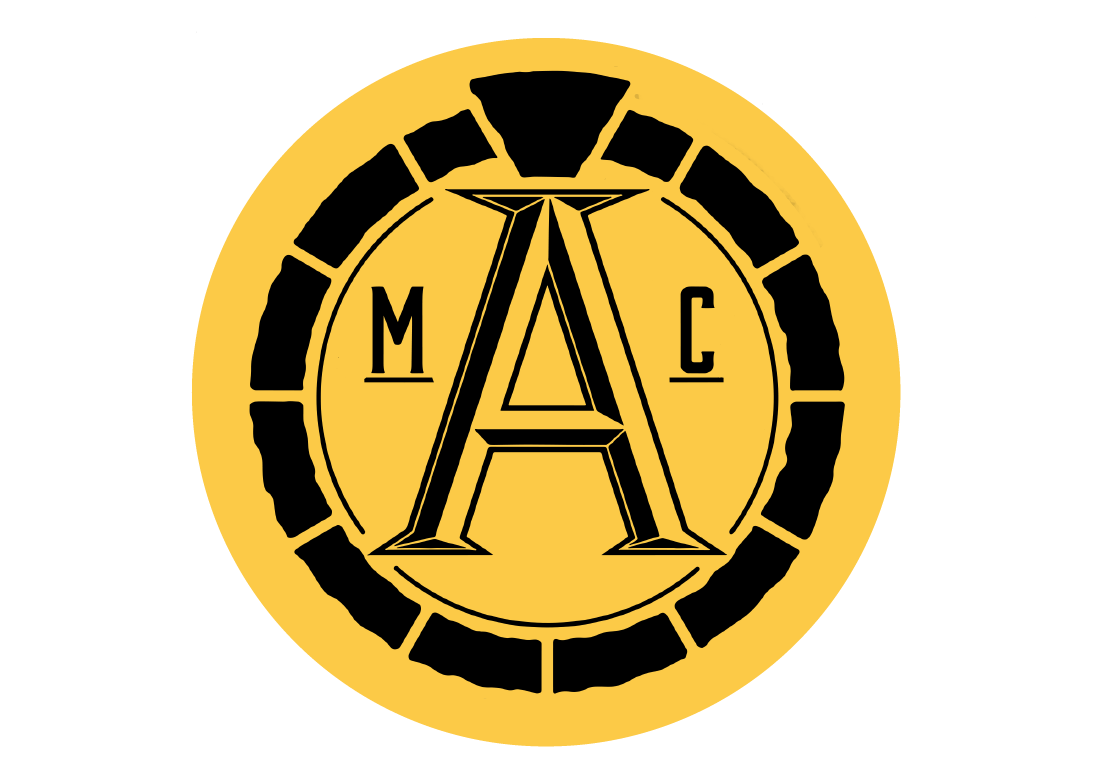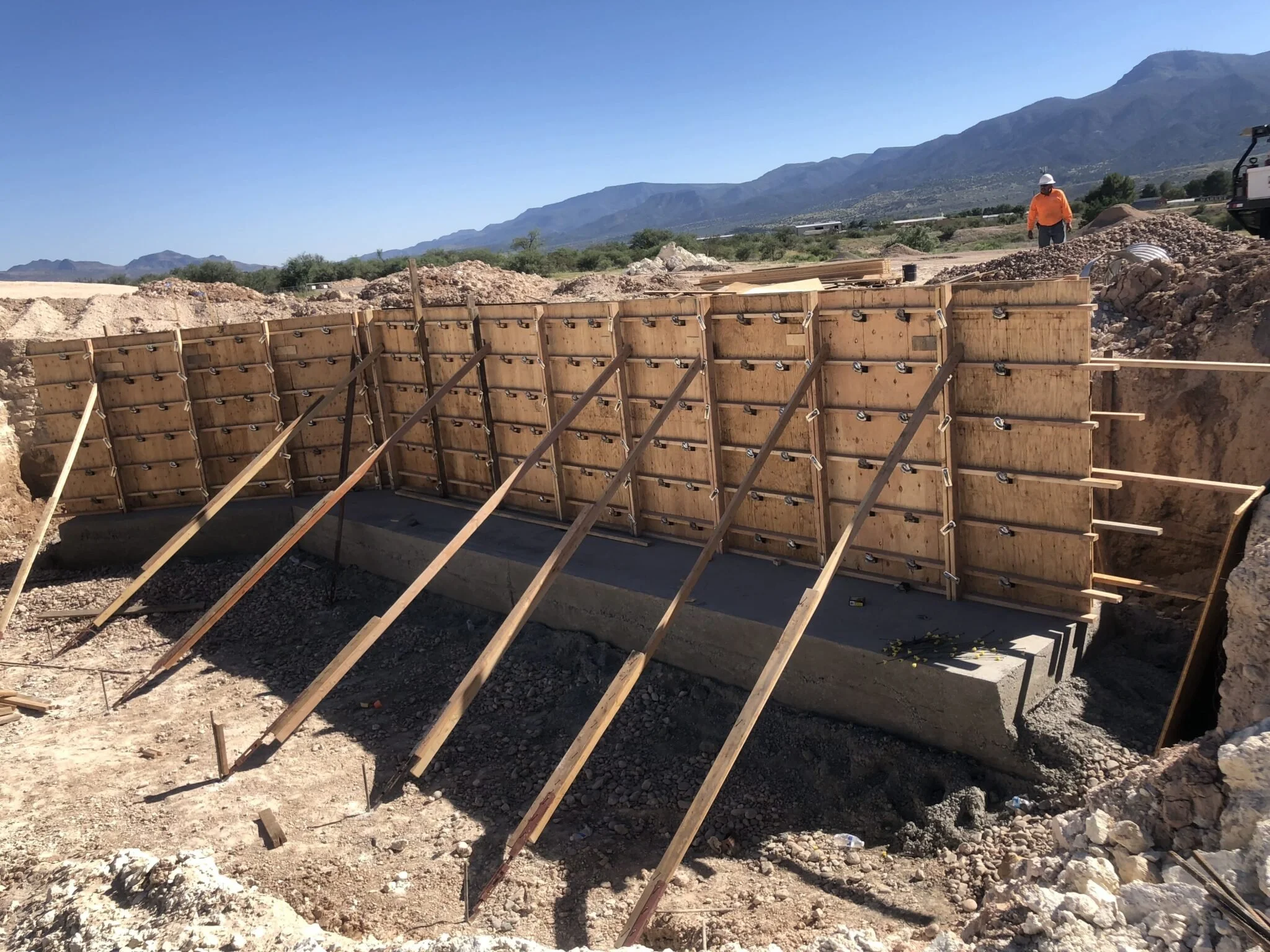Stem Wall Vs. Concrete Pad
When it comes to new construction, few decisions are as fundamental—or as impactful—as choosing the right type of foundation. Often hidden beneath the finished structure, the foundation plays a critical role in supporting the building, maintaining structural integrity, and ensuring long-term performance against shifting soils, moisture, and time itself. Yet, despite its importance, the choice between foundation types is frequently overlooked or oversimplified during the planning phase.
Two of the most commonly used options in residential and light commercial construction are stem wall foundations and concrete pads. Each offers distinct advantages and potential drawbacks, depending on factors such as soil conditions, climate, budget, and architectural design. While both are designed to distribute the building’s weight evenly across the ground, their construction methods, materials, and suitability for different environments vary significantly.
In this article, we’ll explore the key differences between stem wall and concrete pads—what sets them apart, and when each is appropriate for a project.
What Is a Stem Wall?
A stem wall foundation is a widely used and durable foundation system consisting of two primary components: a reinforced concrete footing and a short vertical wall—known as the stem wall—constructed on top of the footing. Once the stem wall is in place, a concrete slab is typically poured within the enclosed perimeter. This type of foundation is constructed in multiple phases, making it more labor- and time-intensive compared to a concrete pad.
Stem wall foundations are particularly well-suited for sites with sloped or uneven terrain. Because the stem wall height can be varied, it enables builders to establish a level platform for construction, regardless of ground elevation changes. This adaptability makes stem walls a preferred choice in regions where site grading presents challenges.
In addition, stem wall foundations offer enhanced performance in colder climates. By raising the structure above grade, they help mitigate the risks of ground moisture, frost, and termite damage. The elevated design also improves ventilation and allows for easier access to utilities when needed, contributing to long-term structural integrity and ease of maintenance.
What Is a Concrete Pad?
A Concrete Pad, commonly referred to as a slab-on-grade, is a type of concrete foundation where the slab and footing are poured simultaneously in a single, continuous operation. This integrated approach streamlines construction, reduces labor costs, and shortens project timelines, making it a popular choice for residential homes, garages, and smaller commercial structures.
Concrete pads are best suited for flat, well-drained sites in warmer climates where the risk of ground freezing and frost heave is minimal. Because the foundation sits directly on the ground, it eliminates the need for additional stem walls or crawl spaces, resulting in a simpler and more economical build.
This type of foundation is commonly used in large-scale residential developments due to its cost-efficiency and ease of installation. However, concrete pads may not be ideal for areas with expansive soils, poor drainage, or significant elevation changes, as they can be more susceptible to moisture intrusion and soil-related movement. Proper site preparation, including grading and drainage planning, is essential to ensure long-term performance and durability.
Comparing the Two: Key Differences
The fundamental difference between stem wall and concrete pads lies in their construction methods and their suitability for various site conditions. Stem wall foundations are built in multiple stages, typically beginning with a poured concrete footing followed by a concrete or masonry wall that rises to support the structure's slab floor. This design allows for greater adaptability on sloped or uneven lots, where elevation adjustments are necessary to create a level base. Additionally, the raised profile of a stem wall provides added protection from ground moisture, pests, and flooding—making it a preferred choice in regions with heavy rainfall or significant grade variations. Stem wall systems also tend to perform better in climates with freeze-thaw cycles, as their segmented construction helps mitigate the risk of cracking or heaving due to shifting soil.
Concrete pads, by contrast, are poured in a single continuous operation, integrating the footing and slab into one cohesive unit. This streamlined approach reduces labor, material costs, and construction time, which makes it especially appealing for projects on flat, stable terrain and where speed and budget are primary considerations. However, while efficient, concrete pads offer less flexibility in terms of site conditions. They are more susceptible to cracking in areas with expansive or poorly draining soils and may require additional engineering solutions to address moisture intrusion or soil movement. As such, their use is generally most appropriate in regions with mild climates and consistent soil stability.
Choosing between these two foundation systems requires a thorough understanding of the site’s geological characteristics, environmental conditions, and project priorities. When selected appropriately, each foundation type can provide a strong and reliable base for long-term structural performance.
Which Foundation Is Right for Your Project?
Selecting the right foundation—whether a stem wall or concrete pad—depends on a range of important factors, including site topography, soil conditions, climate, budget, and overall project goals. Stem wall foundations are typically recommended for properties that require elevated structures, enhanced moisture protection, or are situated on uneven or sloped terrain. In contrast, Concrete pads are often the preferred solution for flat sites in warmer climates, where streamlined construction and cost efficiency are key priorities.
At AMC, we bring extensive expertise in foundation systems and concrete construction. Our team carefully evaluates all site-specific conditions to recommend the most appropriate solution for your project. Whether you’re building on challenging terrain or looking to optimize time and budget, we ensure your foundation is engineered for long-term strength, stability, and performance.
Qualified Experts in Concrete & Foundations
With decades of combined experience in concrete and masonry construction, AMC is your trusted partner for high-quality, dependable foundation work. We specialize in a comprehensive range of foundation solutions tailored to meet the unique needs of both residential and commercial projects.
Our skilled team is dedicated to delivering exceptional craftsmanship, structural integrity, and long-lasting performance on every job. From the earliest planning stages through the final concrete placement, we take a caring and meticulous approach to every aspect of your project. Whether it’s a concrete pad, stem wall, crawl space foundation, or any of your concrete needs, We at AMC bring the knowledge, equipment, and attention to detail to get it done right.
We pride ourselves on clear communication, a timely execution, and helpful solutions that ensure your project stands the test of time. When you work with us, you're not just hiring a contractor—you’re partnering with a group that values honesty, reliability, and your long-term satisfaction.
Contact us today to schedule a free*consultation .
We don’t just build a foundation—we build lasting trust on the solid base of quality, service, and expertise.



